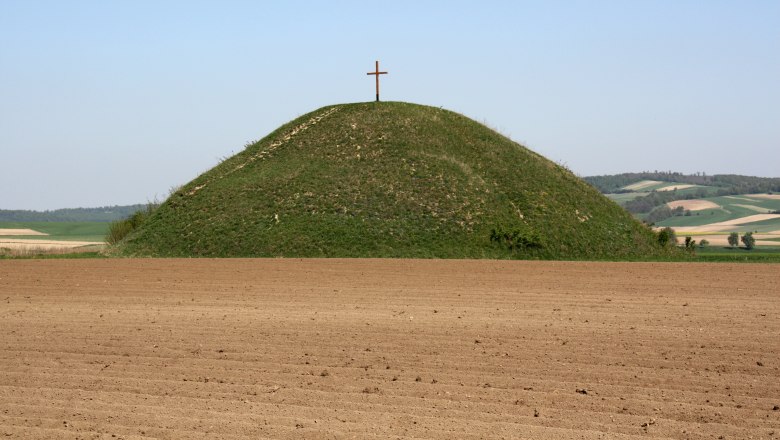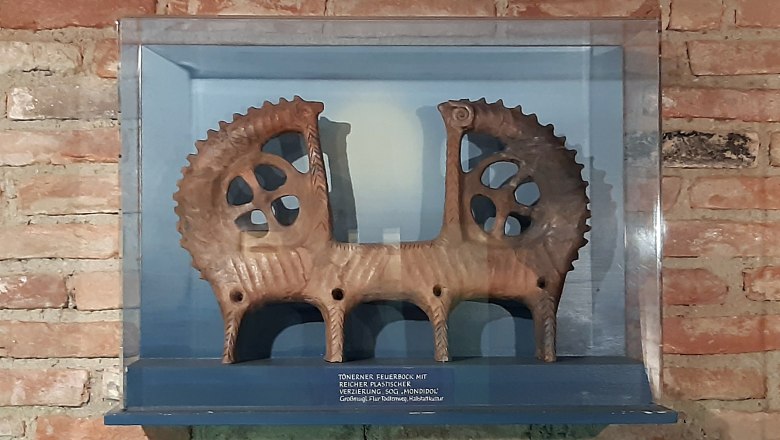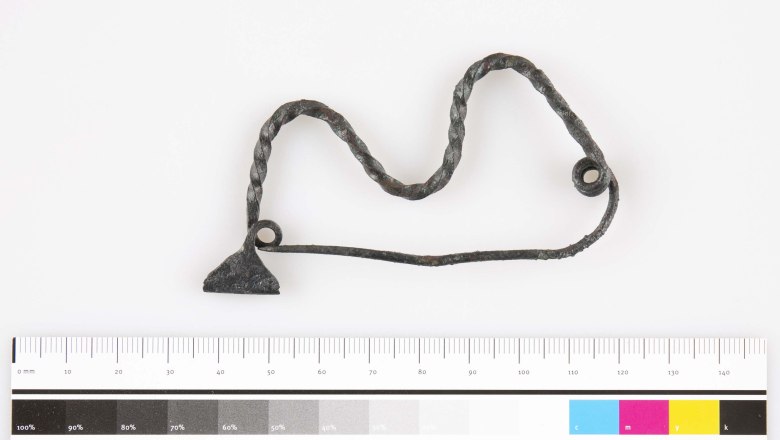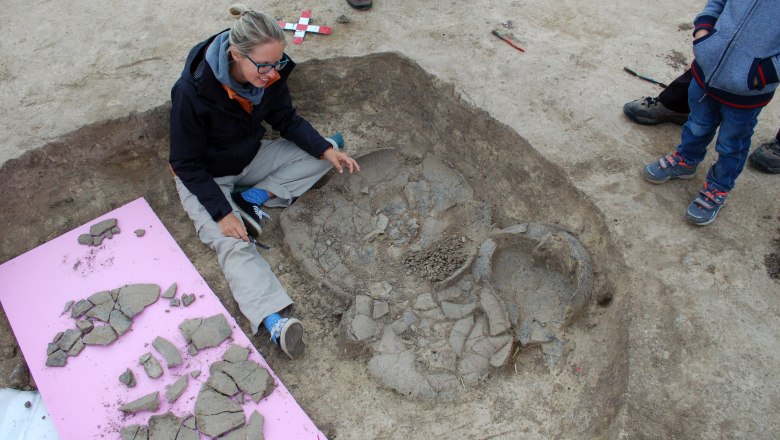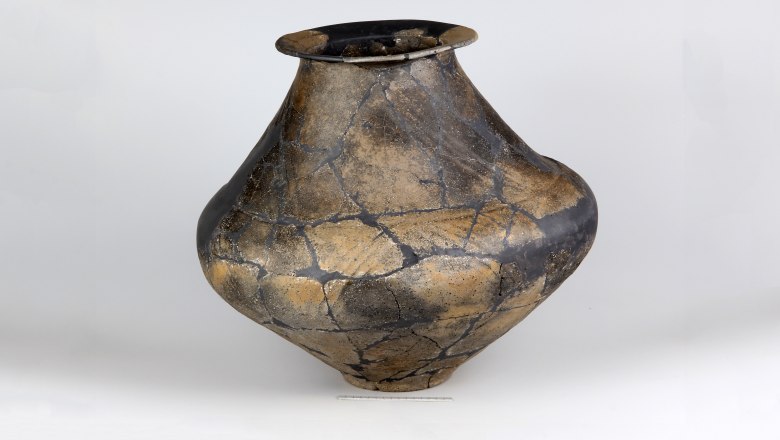The Großmugl burial mound
Historical sites
Description
The Weinviertel is home to the highest burial mound of the entire Hallstatt culture (750 to 450 BC), the 14-metre-high tumulus of Großmugl.
The burial mound stands out so clearly from the surrounding plain that even the municipality was named after it (first documented mention in 1298 as Grassemugl - Großer Mugl). The burial mound was first scientifically recorded in 1871, but has not yet been excavated. And this will not change in the foreseeable future, although the large burial mound is still the focus of archaeological research. Thanks to modern non-destructive prospection methods, it was possible to document an extensive cult site in the vicinity of the mound. This Iron Age settlement and cult landscape around Großmugl is now being researched in detail as part of a project.
The ruler's grave
The large mound was certainly the burial place of a powerful ruler. The residence was probably located on the Steinberg near Ernstbrunn, where there was an extensive forest complex. It was largely destroyed undocumented by a quarry in the 20th century. The mound was clearly visible from the royal residence and was perhaps intended to mark the boundary of the domain.
Another burial mound
Immediately to the west of the widely visible burial mound, a low mound can be seen that originates from a second, much smaller burial mound. The archaeological investigation of this burial site, the so-called "Tomb of the Queen", took place in the 1950s and documented the remains of wooden grave structures. Although already raided by robbers in ancient times, numerous clay vessels, including some with attached bull heads, were recovered from the tomb. One of the most impressive finds is a sculptured figure of a rider and horse. In the nearby "Totenweg" field, excavations were carried out in the settlement belonging to the burial mounds. The most prominent find here is a so-called "Mondidol", probably a fire ram with ram's head and sun wheels.
Tip: Finds from Großmugl can be found in the Natural History Museum in Vienna, the Stockerau District Museum and the MAMUZ Asparn/Zaya.
